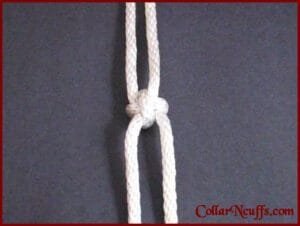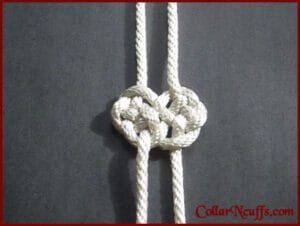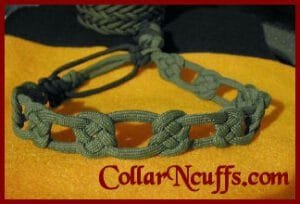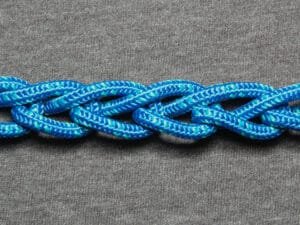Cross Knot

The cross knot is a versatile and secure option for those involved in the art of bondage. Known for its nonslip properties, it serves as a reliable alternative to the traditional square knot. It is especially popular for tying harnesses and crafting intricate designs such as the tortoise shell bodysuit.









